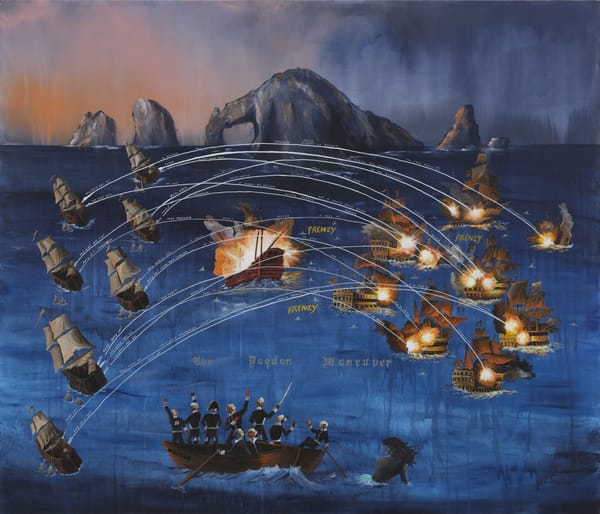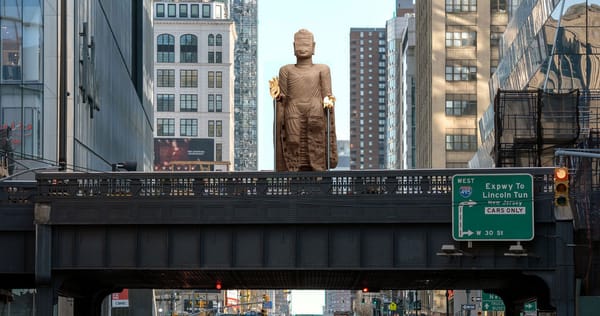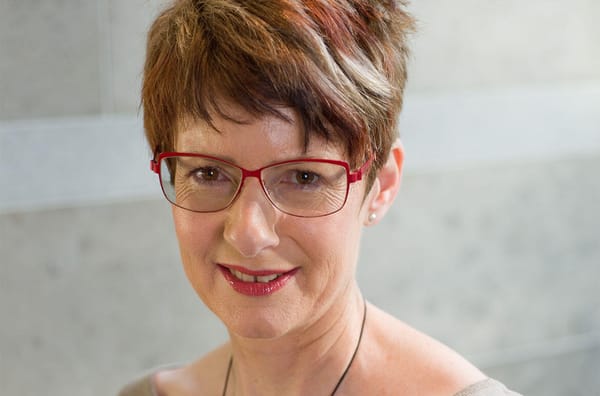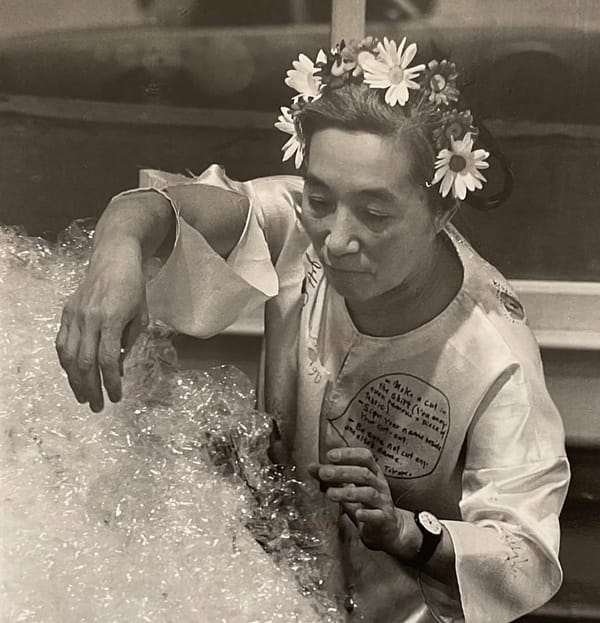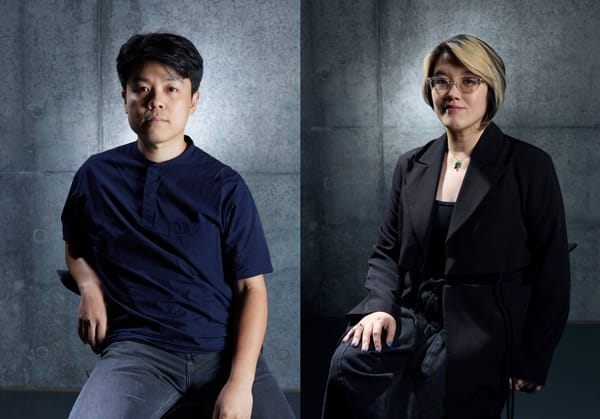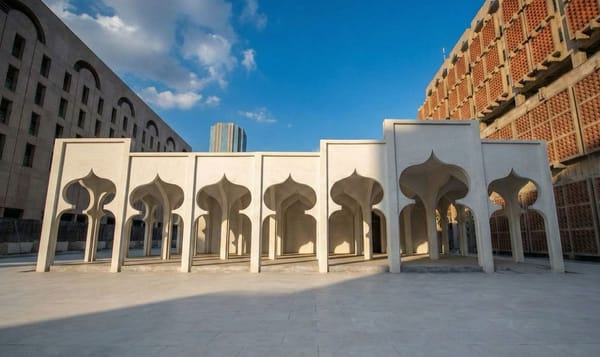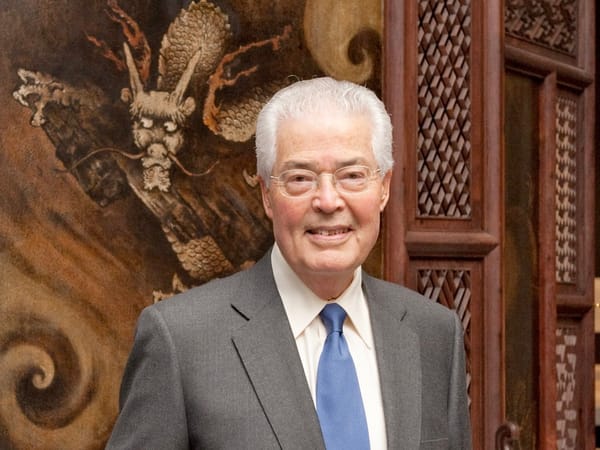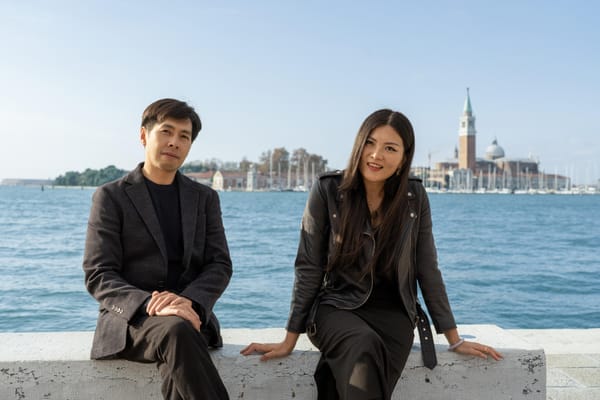News
A forest of signs to liven Sydney’s Hyde Park Barracks


Sydney’s Hyde Park Barracks, an UNESCO World Heritage site, will welcome an outdoor installation by Hobart-based multidisciplinary artist Fiona Hall on April 3. Titled Who Goes Here? (2021), the work will be mounted at the site’s courtyard until May 30, part of an annual public arts program developed by Sydney Living Museums.
Following this year’s theme of “Reflections on identity,” Hall’s commissioned installation highlights the stories of convicts, immigrants, and asylum inmates—from the United Kingdom and its various colonies—who lived and labored at the Barracks during 1819–87. Comprised of 300 white, totem-like wooden signposts scattered across the courtyard, each signpost profiles an individual's story in addition to marking the distance travelled by the migrant from their home to Australia. By detailing the somber or unjust conditions these people experienced, Hall anchors these personalized stories to the Barracks, bringing Australia’s colonial history to the forefront.
In her artistic practice, Hall often explores issues concerning globalization, and environmental degradation and exploitation via a range of mediums including photography, painting, sculpture, moving image, and installation. She represented Australia at the 56th Venice Biennale in 2015, held large solo presentations at the Museum of Contemporary Art Sydney and Brisbane’s Queensland Art Gallery in 2008 and 2005, respectively, and has also exhibited internationally at Kassel’s Documenta 13 in 2012 and London’s Royal Academy of Arts in 2013, among other shows.
This is the second iteration of public art commissions at the Barracks, designed to engage audiences with the site’s history. In 2020, Wiradjuri and Kamilaroi artist Jonathan Jones presented untitled (maraong manaóuwi) (2020) in the courtyard. Originally built in 1819 to house convicts and immigrants, the Barracks was transformed in the late 1840s into an administrative center, and in the 1860s, into an asylum for elderly destitute women. Since 1991, the neoclassical sandstone building has operated as a public museum that serves to educate visitors about its history.
Yuna Lee is an editorial intern at ArtAsiaPacific.
To read more of ArtAsiaPacific’s articles, visit our Digital Library.
